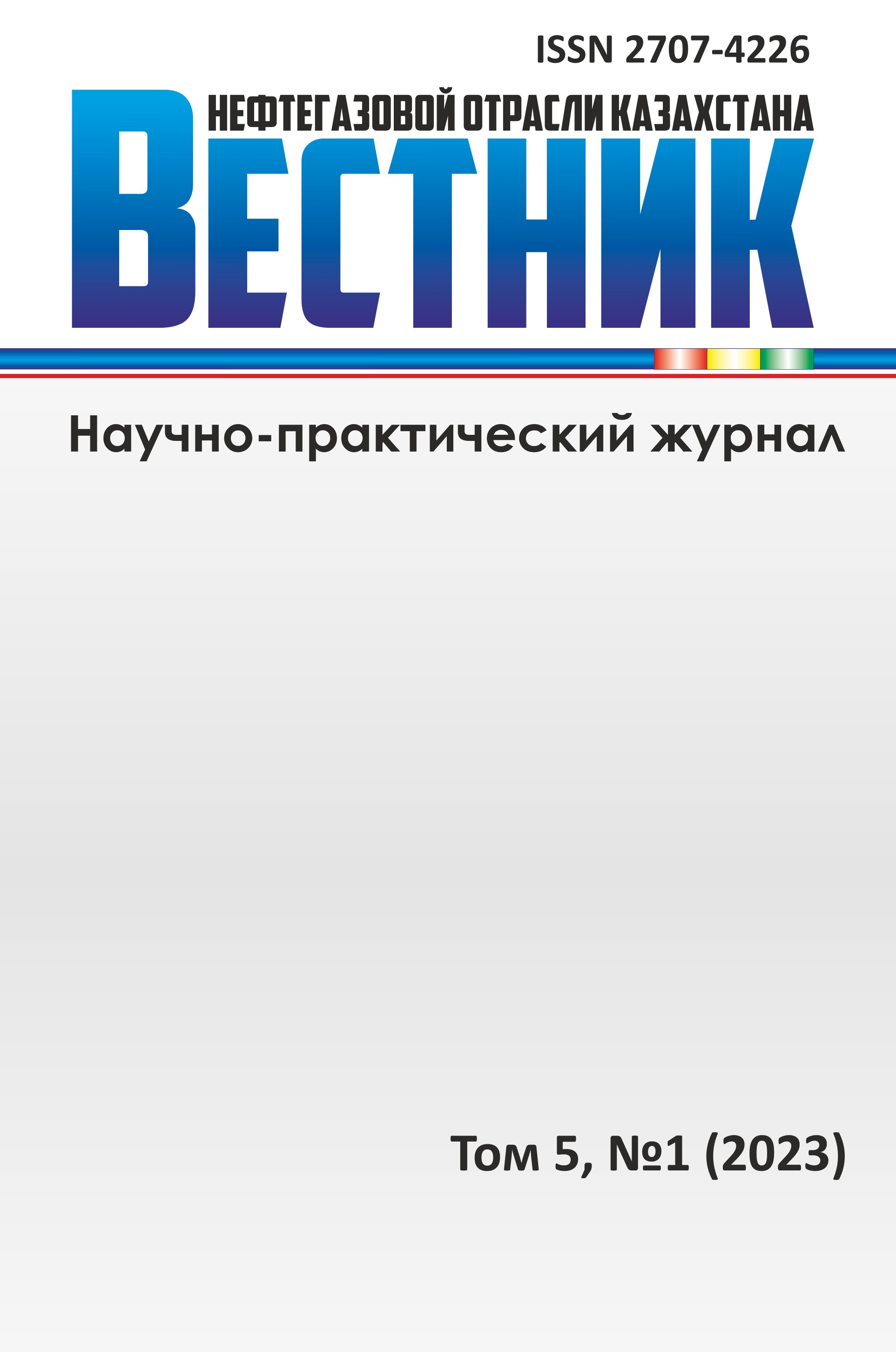«Жетібаймұнайгаз» ӨБ жиі жөнделетін қор ұңғымдарының мысалында жөндеуаралық кезеңді ұлғайту үшін бағдарламалық жасақтаманы қолдану
- Авторлар: Қанбаева Ж.С.1, Сейтмағанбетов С.С.1
-
Мекемелер:
- «ҚМГ Инжиниринг» ЖШС «ҚазҒЗЖИмұнайгаз» Филиалы
- Шығарылым: Том 5, № 1 (2023)
- Беттер: 74-93
- Бөлім: Oil and gas field development and exploitation
- URL: https://bakhtiniada.ru/2707-4226/article/view/134367
- DOI: https://doi.org/10.54859/kjogi108608
- ID: 134367
Дәйексөз келтіру
Толық мәтін
Аннотация
Негіздеу. Игерудің соңғы сатысында кен орындарын пайдалану өндіруші ұңғымалардың жөндеу-профилактикалық жұмыстары шығындарын азайту мақсатында өндіруші қордың жөндеу аралық кезеңін арттырудың неғұрлым тиімді әдістерін қолдануды талап етеді.
Мақсат. Бұл жұмыстың мақсаты тереңдік-сорғы жабдықтарының істен шығуының негізгі себептерін анықтау және ақпараттық технологияларды қолдана отырып шешім қабылдау жолын таңдау болды.
Материалдар мен тәсілдер. Жалғастырғыш пен сорғы штангасының денесі арасындағы механикалық әсер сорғы-компрессорлық құбырдың ішкі қабырғасынан кері қозғалыс кезінде құбырдың ішкі қуысының тозуына әкеледі. Штанганың құбырмен байланысын азайту үшін сорғы штангаларын орталықтандырғышпен одан әрі түсіре отырып, штангалардың орналасуын сапалы таңдау қажет. Бағдарламалық жасақтама тереңдік сорғыларының қондырғыларын модельдеуге және ағымдағы жүйелердің орналасуын оңтайландыруға арналған тамаша құрал болып табылады.
Нәтижелер. Ұңғымалардың профильдерін талдау жер асты жабдықтарының істен шығуын және олардың салдарын болжау мүмкіндігін көрсетті. "RodStar" бағдарламалық жасаөтамада есептелген жерасты жабдығының орналасуын түсіру тиімділігі жөндеу санының 66 бірліктен 31 бірлікке дейін төмендегенін және орташа жұмыс істеудің 52 тәуліктен 114 тәулікке дейін ұлғайғанын көрсетті. Сорғы-компрессорлық құбырлардың ағып кетуіне байланысты істен шығу саны 25 бірліктен 10 бірлікке дейін, штангалардың үзілу саны 24 бірліктен 6 бірлікке дейін азайды.
Қорытынды. Мұнай-газ кен орындарында ұңғымалардың механикаландырылған қорын пайдалану кезінде тереңдік-сорғы жабдықтарын таңдау үшін бағдарламалық өнімдерді қолдануды талдауды қорытындылай келе, корпоративтік деректер базасын құрудың өзектілігі мен уақтылығын және қазіргі заманғы құралдарды пайдалануды атап өткен жөн. Бағдарламалық жасақтама мен модульді қолданудың тиімділігі оң нәтижелермен расталды – істен шығудың жоғарылауы және өндіруші ұңғымалардың жөндеуаралық кезеңінің артуы.
Толық мәтін
##article.viewOnOriginalSite##Авторлар туралы
Ж. С. Қанбаева
«ҚМГ Инжиниринг» ЖШС «ҚазҒЗЖИмұнайгаз» Филиалы
Хат алмасуға жауапты Автор.
Email: Kanbayeva_Zh@kaznipi.kz
Қазақстан, Ақтау қаласы
С. С. Сейтмағанбетов
«ҚМГ Инжиниринг» ЖШС «ҚазҒЗЖИмұнайгаз» Филиалы
Email: seitmaganbetov_s@kaznipi.kz
Қазақстан, Ақтау қаласы
Әдебиет тізімі
- Analysis and providing of recommendations, support of pilot testing on the Production Directorate (PD) “Zhetybaymunaigas” fields. Final report. KazNIPImunaygas. Aktau; 2021.
- The pilot testing of RodStar software for selection of makeup of string of pump rods on 10 wells of the "ZhMG" PD frequently repaired fund. Final report. Aktau; 2021.
- Kruman BB. Deep-well pumping rods. Moscow: Nedra. 1977.
- Okrushko EI, Urakseev MA. Defectoscopy of deep-well pumping rods. Moscow: Nedra. 1983.
- GOST 633-80. Tubing pipes and couplings for them. Specifications.
- Casing and tubing. API Specification 5CT, 5B (10th edition).
- GOST 34380-2017 (ISO 10405:2000). Casing and tubing for petroleum and natural gas industries.
- ST RK ISO 11960-2009. Steel pipes for use as casing or tubing for wells in petroleum and natural gas industries.
- Functionality on production method. The module “Selection of downhole pumping equipment”, The support of works on module pilot testing. Development of algorithms for selecting of electric centrifugal pump unit. Final report. Astana; 2021.
- Technology analysis of sucker-rod pumping unit lowering and lifting results. Final report. Astana; 2021.
Қосымша файлдар
















